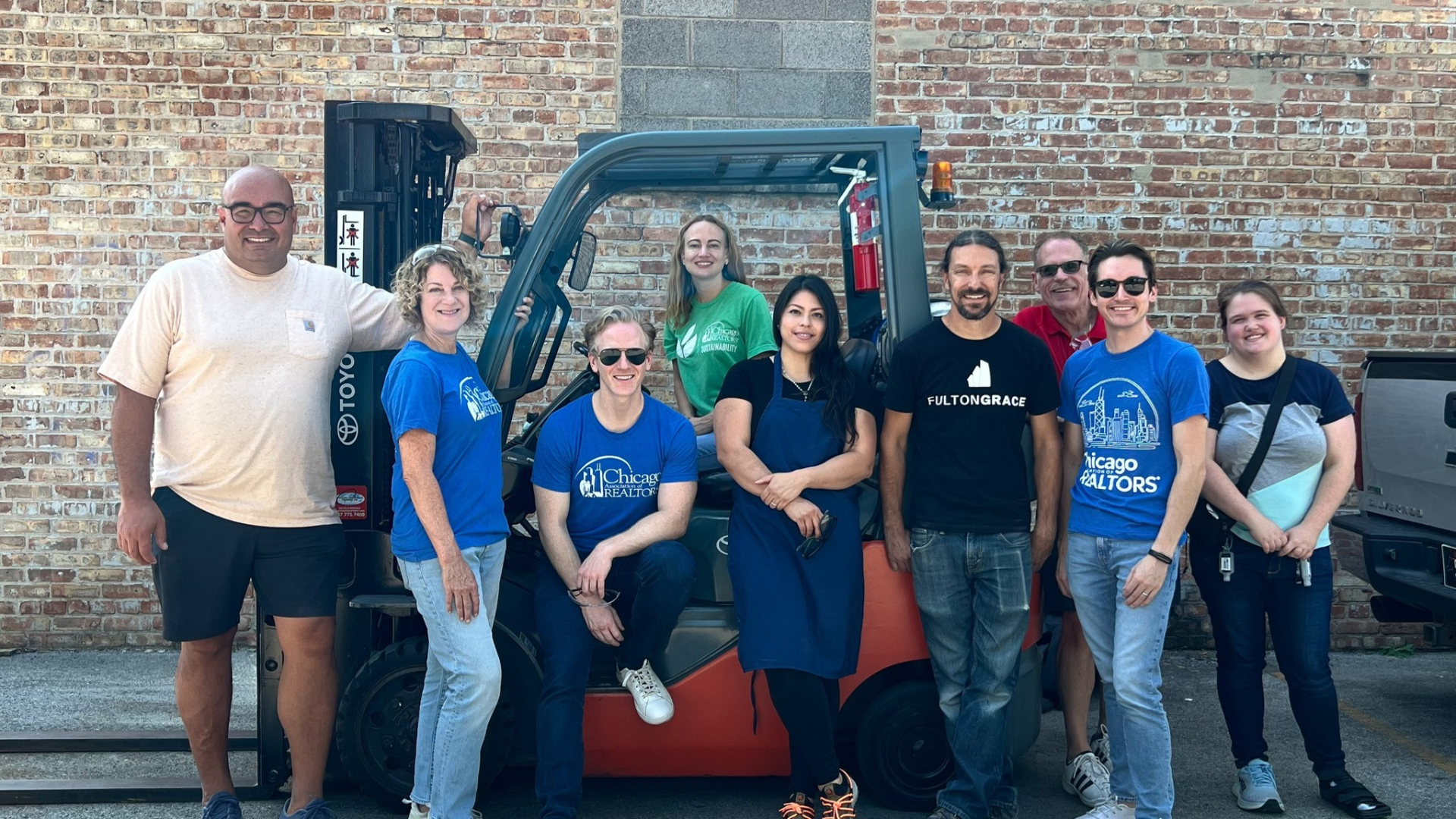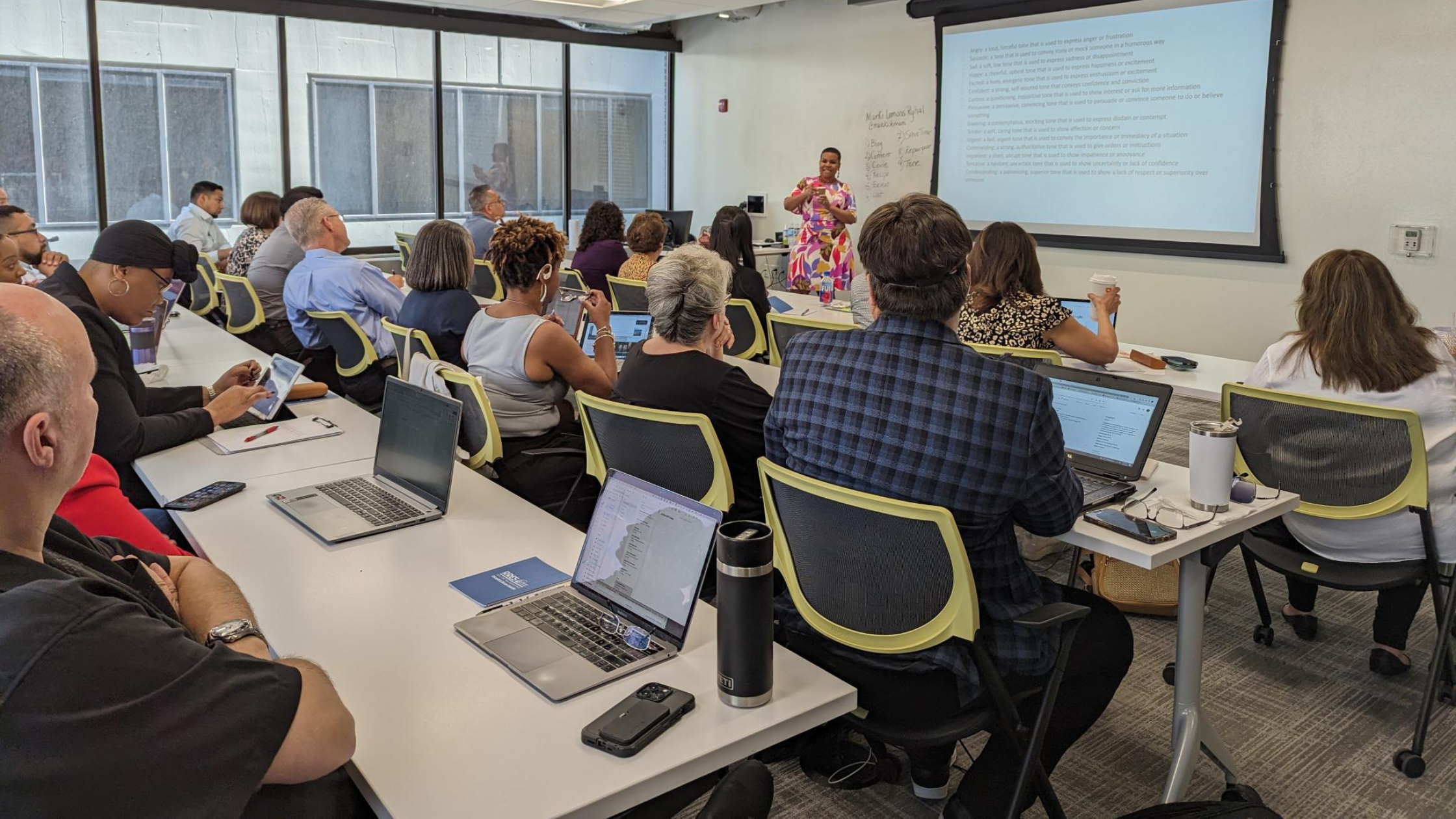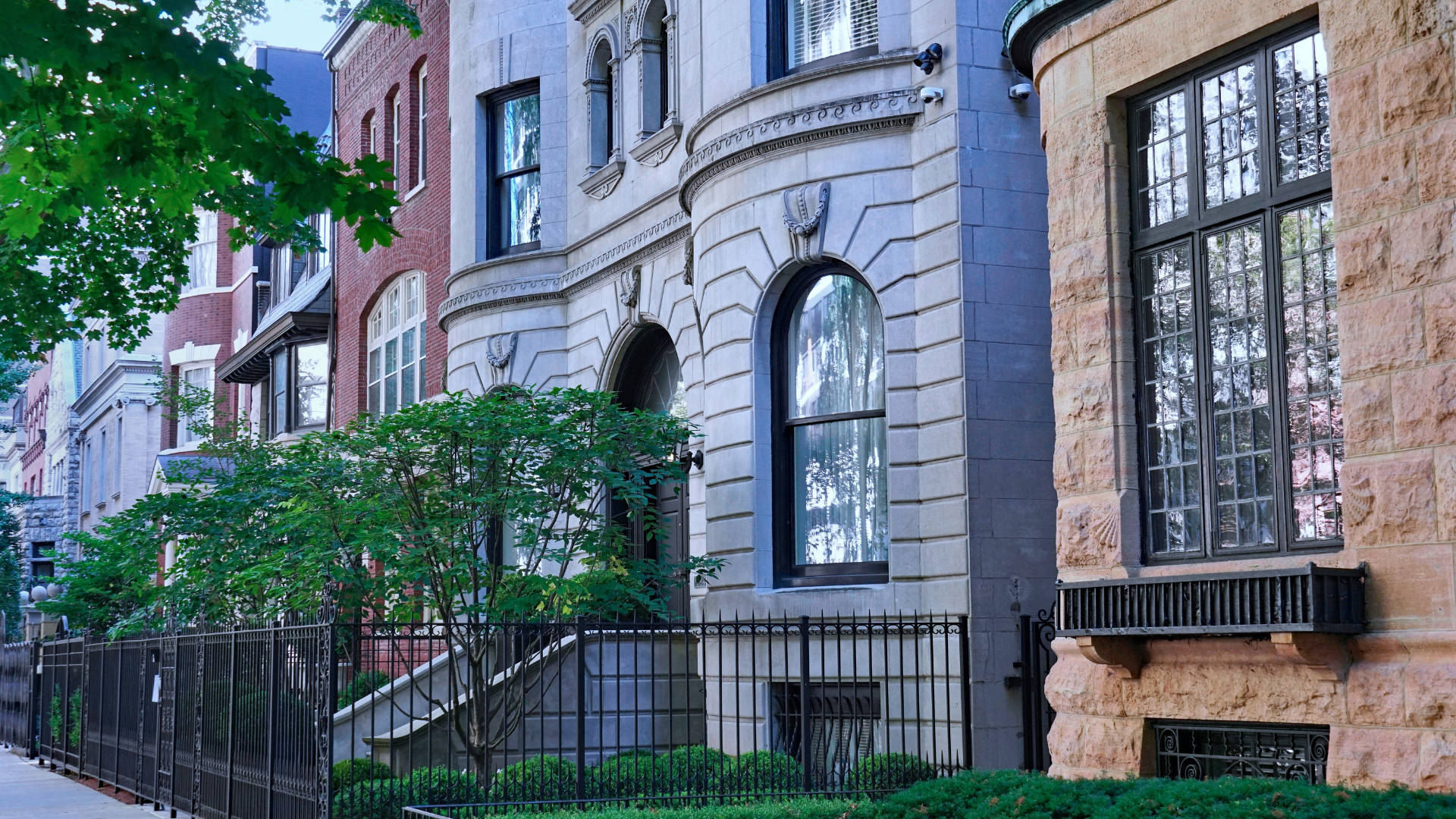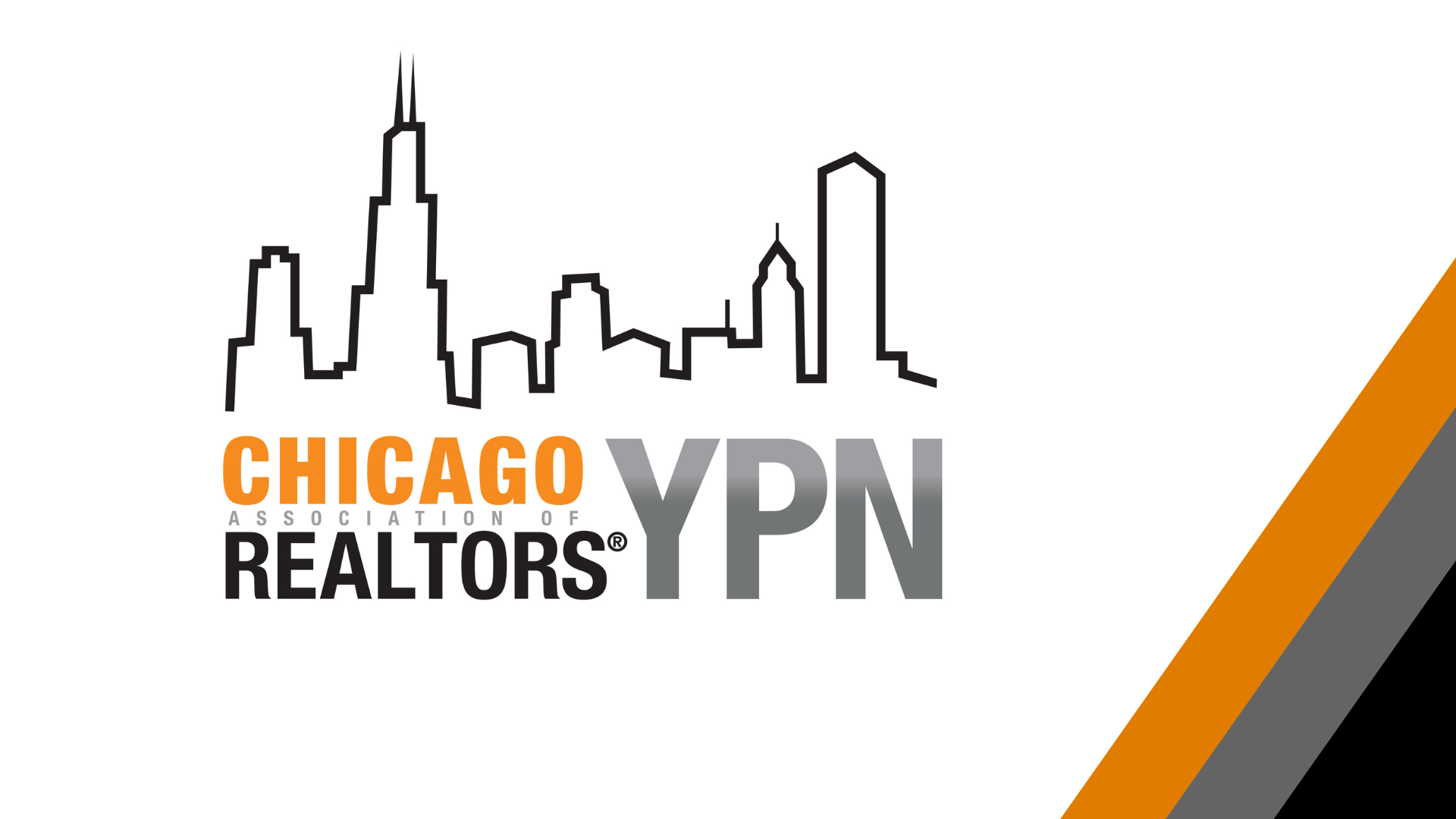The brilliant minds of YPN joined forces with the minds of CommercialForum to offer an event themed around real estate investing. From basic jargon to potential investing possibilities to client applications, this event was jam-packed with knowledge. Here are some of our top takeaways from the event.
SESSION 1: Investing 101

Featuring: Chris Pezza, The Apartment Source
The First Steps
To build a successful real estate investing business, you need a portfolio. Your portfolio is the showpiece for your investing accomplishments. Who should see your portfolio? Future investors, partners and clients. The key to beginning your portfolio is to make that first investment. Chris’s advice? Just do it! Many real estate professionals hold themselves back because they’re scared. Chris encourages everyone to take the leap, and he shared some essentials practices and investing terms to set your investing career up for success.
Make sure you have an investment plan that answers these questions: who, what, when, where and why. For example:
- Who: Me or partners?
- What: Condo, 2 flat, retail, etc.?
- When: Now, three months, six months, etc.?
- Where: In an established area, in a path of growth?
- Why: Quick cash, medium hold, retirement?
Essential Investing Terms
Qualifiers of Return
All investment properties should be measured by Qualifiers of Return. There are many kinds of qualifiers: ROR (rate of return), ROI (return on investment), ROE (return on equity), IRR (internal rate of return), COCR (cash on cash return) and more. Chris recommends finding a model that works for you.
Net Operating Income (NOI)
How much NOI does the property generate today? And how much will it generate when you’re done with it? Calculating and understanding NOI is crucial to producing a profitable property. Familiarize yourself with this basic calculation:
- Income – Operating Expenses = (NOI) Net Income
Capitalization Rate (Cap Rate)
The cap rate indicates the rate of return expected on a real estate investment property. Familiarize yourself with this basic calculation:
- Cap rate = NOI / purchase price or your value
In real estate, cap rates historically hover around an 8-10 cap market. As your cap rate shrinks, your value grows.
Equity
This is your skin in the game, aka your initial cash in the deal.
Sweat Equity
An investment deal when someone who has the money and no knowhow partners with someone who has knowhow but no money.
Sources of Equity
This can be yourself, your spouse and other family, friends, clients, 401(k), credit lines, accredited investors, crowdfunding and more. Lean on your resources, especially for your first deal. Use your contractors, your property managers and your attorneys, because you can learn from their experience and expertise!
SESSION 2: Understanding Cap Rates & Identifying Investments

Featuring: David Ellerman, Sperry Global Affiliates
Cap rates are the easiest way to understand an investment sale. As you manage your finances for an investment property, familiarize yourself with key terms such as Gross Rent Multiplier (ratio of the property price to the annual rental income) and Net Present Value (series of cash flow over time).
Key Term: Direct Capitalization
Direct Capitalization is a percentage that relates to the value of an income-producing property to its future income, typically expressed as Net Operating Income (NOI) divided by Value (or purchase price). When calculating cap rates or understanding how a cap rate was calculated, you should be familiar with Direct Capitalization.
Rental Income & Calculating NOI
Of the many kinds of rental property incomes, these are the most popular:
- Absolute Net Lease: tenants pay all operating expenses – most common in investment sales
- Hybrid Lease: negotiated between the two parties
- Absolute-Gross Lease: owner pays all
When calculating for NOI, utilize these formulas:
- Potential Rental Income (PRI) – Vacancy & Credit losses = Effective Rental Income (ERI)
- ERI + Other Income = Gross Operating Income (GOI) – Operating Expenses = NOI
- NOI / Value = Cap Rate
David shared a handy diagram called the “IRV Diagram” to help demonstrate the relationship between Income, Rate and Value. If you have two of these, you can solve for the third.

SESSION 3: Building Wealth Through Buy & Hold Properties

Featuring: Jessica Sivels, Community Investment Corporation
When your goal is to buy and hold an investment property, you’re thinking of it through the lens of acquisition. But, Jessica warns us, don’t get caught up in the acquisition phase. Hold investments are about people. Buildings don’t pay rent – people do! What people do you have in mind when you’re buying and holding a property?
Let’s start with location. Your ideal area or purchase is a place where you can manage. Don’t invest in a property on the far side of the city if it’s difficult for you or your resources to get there.
Next, think of your tenant, particularly when you’re doing renovations. How will they use the space? What key features are important to them? Taking time to map out these priorities and this ideal tenant will help ensure your property is profitable long-term.
Implementation & Operations
Maintaining and operating a buy and hold property means you need to manage your property with reliable systems. Jessica defined two kinds of systems:
- Hard System: procedures and manuals
- Soft System: property management software
There are tons of property management software companies to choose from; pick the one that works best for you. Lean on your network for help in crafting or outlining procedures and manuals.
Also, know the CRLTO and other ordinances. You don’t want to end up in court because you didn’t do your homework!
Stabilization
Stabilization means you’re finding the right balance of rent to get the best NOI possible. To do this, you need quality renters. If you had these quality renters in mind when you acquired and renovated your property, this shouldn’t be a problem.
Exit Strategy
So, you’ve acquired, renovated and held a property for some time, and you’re ready to move on. What’s your exit strategy? Refinancing isn’t necessarily the end. “The end” is when you sell your investment property and purchase something else. Jessica challenges us to think of the next steps, the next property or the next big source of income.
SESSION 4: Diving Into Fix & Flip Investments

Featuring: Mark Buford, Lima One Capital LLC
Unlike buy and hold investment properties, house flipping is a short-term venture, typically between three and twelve months.
Five Keys To Success:
- Make money when you buy.
- Know your numbers.
- How will you produce the capital to pay for the property?
- Rehabbing.
- Selling time to make a profit.
Buying A Place to Flip
Know the neighborhood! For a first flip, Mark recommends looking for a standard one to two or three to four-bedroom place. Look at the property not only as a source of profit but also as a place where you can add value. Mark warns against making your first flip a full gut rehab.
Analyzing A Fix-And-Flip Property
The approximate cost for a rehab can be calculated by multiplying the total square footage by $25 per square foot. As a real estate investor working with fix-and-flips, you should learn how much it takes to do a bathroom or a kitchen remodel off the top of your head. Knowing these costs will come in handy when calculating your After Repair Value (ARV).
Know the demographics of the area. A smart investor knows the neighborhood, the market, the turnover rate and more. When you do the research, you can choose smart, accurate Comparables (Comps). Mark recommends starting with the best rehabs you see and working your way down.
Key Formulas: After Repair Value
Acquisition + Project Cost = ARV
In the deal breakdown, once you calculate the total cost of the rehab, your ARV should hover around 70%. Why 70%? To mitigate risk. You never know what complications may arise.
So, you’ve identified the property you want to invest in, you’ve completed your neighborhood and market research, you’ve run some early calculations for ARV, and now you’re ready to make the purchase. Where can you go to get capital? There are tons of sources at your fingertips! Traditional banks, private lenders, high net worth individuals, family & friends, institutional hard money, joint venture partnerships, equity and an entity/LLC/corp.
Selling
When selling your flipped property, don’t feel constrained by the date the property will officially be finished. Pre-selling the property and involving the buyer in the finishing touches will make your investors really happy.
Mark recommends having a minimum of five “wow factors” in your details. Build those moments for your ideal buyer so they don’t have to do all the work when it comes to imagining themselves in the space. And last but not least, always stage your property.
SESSION 5: The Client Experience: Putting This Into Practice

Featuring: Kevin Rocio, @properties Commercial
As a real estate investor working with a partner or representing another investor, you might want to ask, “What’s the cap rate?” Kevin offers a more intelligent version of this question. You should be asking, “Can you tell me about the opportunity?”
Always look at the financials of the property to see how the sellers arrived at their price and their cap rate. There could be details in the finances that hide how good, or not so good, the deal is. Unlike in residential real estate, where you can push back and negotiate with an appraisal, in commercial real estate and income-producing properties, you can’t dispute income-producing assets.
Confidential Property Evaluation
A Confidential Property Evaluation is the commercial real estate version of the CMA. When looking at this document, you should also include what the building next to the property is selling per square foot and what they’re selling for an average cap rate. A Confidential Property Evaluation is your homework which proves your research and your knowhow.
Numbers don’t lie. There is no emotion in commercial real estate because the bottom line is all about the NOI and the Value.
Build a Team
Your team should include:
- A commerical lender
- A commercial attorney (heads-up: they tend to charge by the hour instead of a flat fee)
- An insurance broker
- Property management firms
Keep in mind, commercial brokers are typically confined to their asset class, i.e. retail versus multi-use versus condo buildings. This creates a unique environment where you can build trusted, mutually-supportive relationships with others in the business. Your team is more than the aforementioned professionals– it’s everyone you work with. If your client is interested in a new kind of asset investment that lies outside of your area of expertise, lean on established relationships with other commercial brokers who can supply them that expertise.
Kevin shared some useful advice: you know you’re doing something right when your colleagues are referring you to their clients.
Representing A New Investor?
First, find out their buyer power. Then, go to the MLS and look at closed projects within their buying power. Draft up a worksheet so they can see a comparison of what’s available to them. This is how you start talking possibilities, set goals and expectations and get a handle on the scope of work. This partnership-level of professionalism will take your budding real estate investment business far.
Want more investing training? Our real estate school has classes! From continuing education to industry hot topics, you can expand your knowledge even further.








